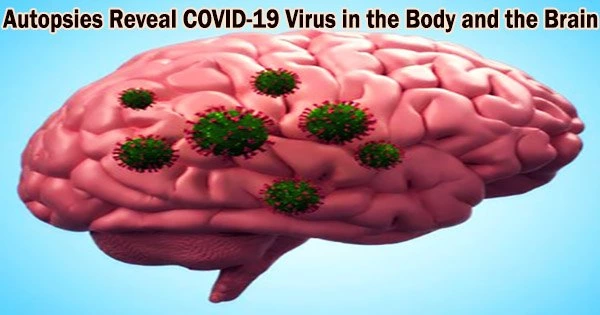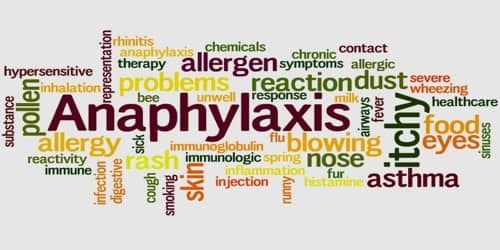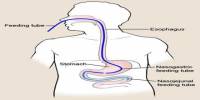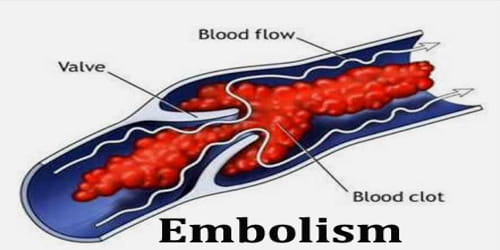Autopsies of people who died from COVID-19, the disease caused by the novel coronavirus, have shown that the virus (SAR-CoV-2) can be present in the brain and other parts of the body. The virus has been detected in the brains of people who died from COVID-19, and it is thought that the virus (SAR-CoV-2) may contribute to the neurological symptoms that some people with COVID-19 experience, such as confusion and delirium.
Scientists from the National Institutes of Health (NIH) tested samples from autopsies that were performed from April 2020 to March 2021. They conducted extensive sampling of the nervous system, including the brain, in 11 of the patients.
RNA and viable virus in various organs
In addition to the brain, the virus has also been detected in other organs, such as the heart, kidneys, and liver. It is not yet clear exactly how the virus spreads to these different parts of the body or what the implications of this spread are for the course of the disease.
All of the patients died with COVID-19, and none were vaccinated. The blood plasma of 38 patients tested positive for SARS-CoV-2, three tested negative, and plasma was unavailable for the other 3.
Thirty percent of the patients were female, and the median age was 62.5 years. Twenty-seven patient (61.4%) had three or more comorbidities. The median interval from symptom onset to death was 18.5 days.
Our focus on short postmortem intervals, a comprehensive standardized approach to tissue collection, dissecting the brain before fixation, preserving tissue in RNA later, and flash freezing of fresh tissue allowed us to detect and quantify SARS-CoV-2 RNA levels with high sensitivity by polymerase chain reaction and in situ hybridization, as well as isolate virus in cell culture from multiple non-respiratory tissues including the brain, which are notable differences compared to other studies.
Scientists from the National Institutes of Health (NIH)
Analysis revealed that SARS-CoV-2 largely infected and harmed lung and airway tissue, as was predicted. However, the scientists also discovered viral RNA in 84 other anatomical parts and bodily fluids. In one instance, they extracted viral RNA 230 days after a patient’s symptoms started.
In the hypothalamus and cerebellum of one patient, the spinal cord, and the basal ganglia of two more patients, the researchers found SARS-CoV-2 RNA and protein. But they found little damage to brain tissue, “despite substantial viral burden.”
The researchers also found live SARS-CoV-2 virus in a variety of tissues within and outside the respiratory system, including the adrenal gland, eye, brain, heart, lymph nodes, digestive tract, and lymph nodes. They isolated virus from 25 of 55 specimens tested (45%).
The authors wrote, “We demonstrated virus replication in multiple non-respiratory sites during the first two weeks following symptom onset.”
They add, “Our focus on short postmortem intervals, a comprehensive standardized approach to tissue collection, dissecting the brain before fixation, preserving tissue in RNA later, and flash freezing of fresh tissue allowed us to detect and quantify SARS-CoV-2 RNA levels with high sensitivity by polymerase chain reaction and in situ hybridization, as well as isolate virus in cell culture from multiple non-respiratory tissues including the brain, which are notable differences compared to other studies.”
Possible ramifications for long COVID
Senior study author Daniel Chertow, MD, MPH, said in an NIH news release that, prior to the work, “the thinking in the field was that SARS-CoV-2 was predominantly a respiratory virus.”
Researchers were able to investigate a connection between broadly infected bodily tissues and “long COVID,” or symptoms that last for weeks or months after infection, thanks to their discovery of viral presence across the body and sharing of those data with colleagues a year ago.
Part of a Paxlovid RECOVER trial that is expected to begin in 2023 includes an extension of the autopsy work highlighted in the Nature study, according to coauthor Stephen Hewitt, MD, Ph.D., who serves on a steering committee for the RECOVER project. Autopsies in the RECOVER trial include people who both were vaccinated and infected with variants of concern data that weren’t available in yesterday’s study.
“We’re hoping to replicate the data on viral persistence and study the relationship with long COVID,” Hewitt said. “Less than a year in, we have about 85 cases, and we are working to expand these efforts.”
Overall, it is important to continue researching the effects of COVID-19 on the body and to continue developing treatments and vaccines to help prevent and treat the disease.
















